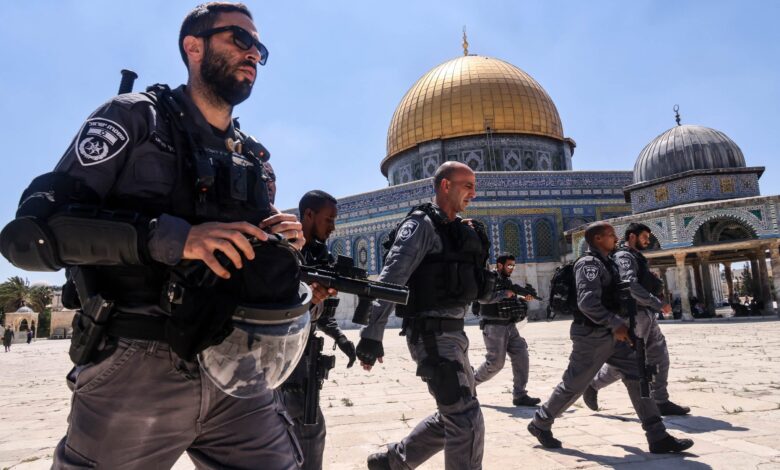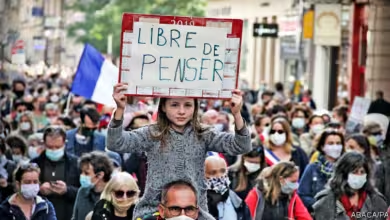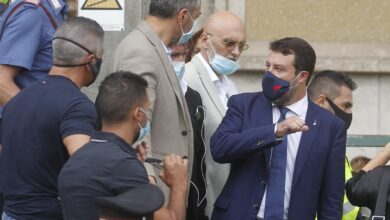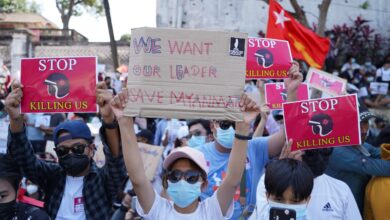Will Reintroducing Traditional Decision-Making Save Gaza’s Children from Modern Brutality?

The children of Gaza, a territory in the Middle East totally consumed by violence and instability, are facing grim prospects. But against the backdrop of this modern brutality-peppered by frequent violence, economic strife, and a prolonged humanitarian crisis, growing debate is underway on whether turning toward traditional decision-making processes can provide a glimmer of hope for bettering the lives of the youngest inhabitants of Gaza.
The essence of decision-making in Gaza was deeply steeped in the ways of a community and culture. Decision-making has been valued highly by elders and other leaders for their wisdom and life experience in shaping values and resolving conflict in society. This consensus-oriented process, at its very root, places the concerns of the individual second to moral integrity rather than material success. Historically, such systems, designed to benefit members of a given community-even children-promote unity, and shared purpose.
The argument for the reintroduction of traditional mechanisms arises from the fact that these could present solutions to some of the modern issues facing children in Gaza. Contemporary conflicts and their disastrous impacts disrupted education, and extreme economic deprivation due to mass trauma have rendered a precarious situation for the children of this region.
Blockades and ongoing military engagements have adversely affected economic opportunities and access to basic services. It is in this regard that, in such an incurable context, traditional decision-making mechanisms can be a more culturally fitting and localized approach to problem-solving.
Major advantages in the communal way of handling traditional decision-making encapsulate various members within a community so that decisions better meet the needs of the children and families. This can be an affirmative way of building even more effective interventions because it involves the whole community in taking responsibility for problems, which might include violence, lack of education, and poor health.
Apart from that, the re-establishment of the traditional practices would restore cultural identity and continuity in a situation of modern chaos. Being able to reconnect with their cultural heritage is also a psychological comfort to children who are growing up and find their surroundings unstable.
Coming from a background of local values and norms, traditional leaders might be able to develop strategies that are more appropriate for the needs of the community than those devised and imposed from outside.Of course, this will bring challenges in reviving traditional decision-making. The enormity and intricacy of modern-day issues may need to be adequately tackled by conventional methods in isolation.
The brutality and conflict in Gaza require solutions that are multi-pronged, integrating traditional wisdom with modern approaches. Conventional forms of decision-making are only sometimes prepared to grapple with the nuances of modern humanitarian crises in isolation from other more modern strategies.
It may also foster the same old power dynamics and inequalities that have always been there. Solutions might be devised that only meet the needs of some children if women and youth are represented in decision-making positions. Hence, any effort towards the reintroduction of traditional approaches should be made to ensure inclusiveness and representation simultaneously.
For traditional ways of decision-making to work well in devising solutions to the problems of Gaza’s children, there has to be incorporation of modern ways, and this should be done thoughtfully. This sharing of duties perhaps holds the key to devising strategies that consider cultural values yet meet present needs.
By reintroducing traditional methods of decision-making into Gaza, these are areas where potentials exist to help alleviate some of the critical challenges facing the region’s children. By valorizing community-based practices and recovering lost cultural heritage, possibilities may emerge that could more effectively protect and provide for Gaza’s youngest citizens.
In doing this, it is important to carefully balance the approach with modern solutions and inclusive best practices to ensure this approach will work toward serving the diverse needs of children in Gaza, thus building a safer and more hopeful future.




